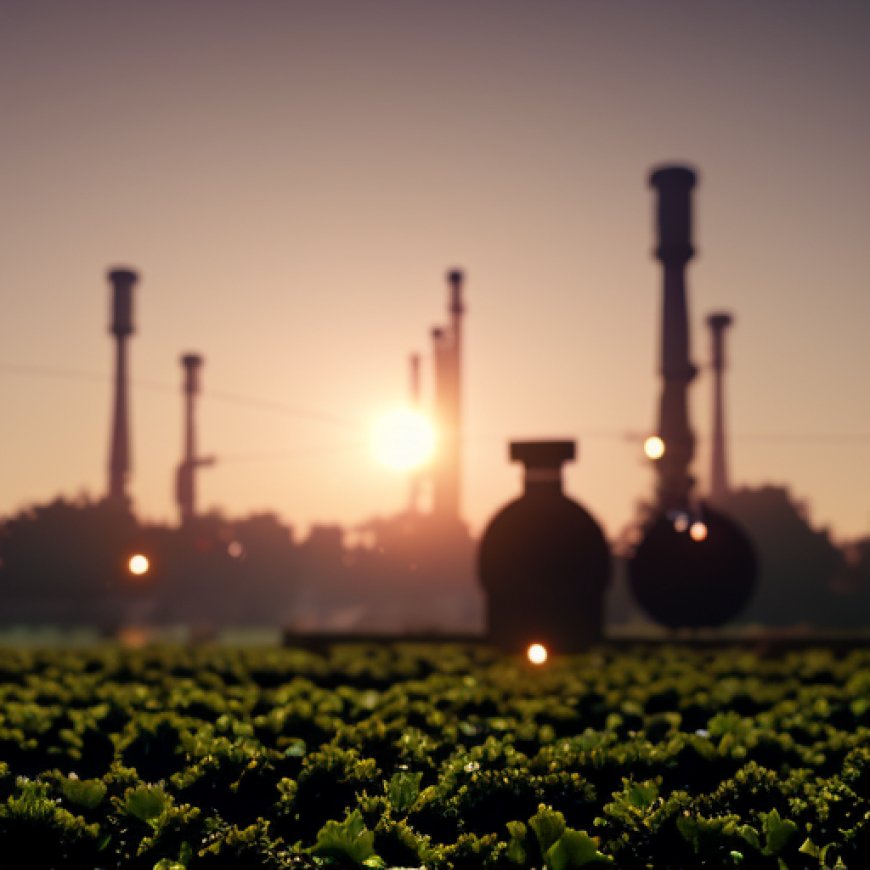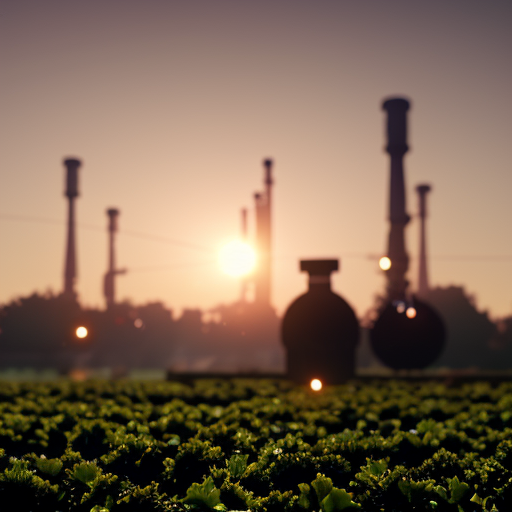GAIL’s tie-up with LanzaTech for CO2 capture is a big deal
GAIL’s tie-up with LanzaTech for CO2 capture is a big deal | Mint Mint


India’s GAIL and LanzaTech Joint Venture to Combat Climate Change

On July 19, India’s premier natural gas company GAIL entered into a joint venture with Nasdaq-listed LanzaTech to capture carbon dioxide (CO2) and convert it into useful organic chemicals. This must be recognised as a paradigm-setting initiative to combat climate change.
Introduction
So far, the global discourse on combating climate change has been about reducing additional emissions of heat-trapping gases such as CO2, called greenhouse gases, rather than on taking out what has already been injected into the atmosphere. But now it is clear that the strategy of reducing additional emissions cannot by itself bring global temperatures to within 1.50C of pre-industrial levels. There is increasing acceptance that carbon dioxide removal (CDR) must be an integral part of the solution.
The Challenges of Carbon Dioxide Removal (CDR)
CDR is tough and expensive. Estimates say it would cost anywhere between $600-1000 to remove a tonne of CO2 from the atmosphere. The price of carbon in the European Union – where companies face a cap-and-trade system and must pay for CO2 emissions above a threshold – has been around $100 per tonne.
Methods of CO2 Removal
There are two ways to remove CO2. The first is to capture it from flue gases escaping plants where fossil fuels are burnt. The second is to remove it from the air through a process called direct air capture (DAC). The captured CO2 can either be used or stored.
- Flue Gas Capture: CO2 can be captured from chimneys where fossil fuels are burned. One technique is to use powerful fans to suck air down to adsorbents that soak up the CO2 passing through them.
- Direct Air Capture (DAC): CO2 can be removed from the air using adsorbents. The captured CO2 can either be used or stored.
Storage and Use of Captured CO2
Storage of captured CO2 can be done by burying it deep underground or making it react with basic chemicals to produce other substances. However, the real excitement lies in carbon capture and use (CCU), where captured CO2 is put to good use.
- Carbon Capture and Storage (CCS): CO2 can be stored by burying it deep underground or making it react with basic chemicals. These storage methods are used by companies to prove their green credentials.
- Carbon Capture and Use (CCU): Captured CO2 can be used in various ways, such as pumping it into depleting oil wells to increase pressure, substituting industrial CO2 for products like soda or beer, using it in greenhouses to accelerate plant growth, or converting it into specialty chemicals and synthetic fabrics.
The Importance of Carbon Capture and Recycling
Carbon capture and recycling is best suited to countries like India that would otherwise find it too expensive and difficult to eliminate emissions. This makes the GAIL-LanzaTech tie-up especially important.
Sustainable Development Goals (SDGs)
The GAIL-LanzaTech joint venture aligns with several Sustainable Development Goals (SDGs) set by the United Nations:
- SDG 7: Affordable and Clean Energy
- SDG 9: Industry, Innovation, and Infrastructure
- SDG 12: Responsible Consumption and Production
- SDG 13: Climate Action
- SDG 17: Partnerships for the Goals
Conclusion
The joint venture between GAIL and LanzaTech to capture CO2 and convert it into useful organic chemicals is a paradigm-setting initiative to combat climate change. It highlights the importance of carbon dioxide removal (CDR) as an integral part of the solution to reduce global temperatures. By making carbon capture and recycling profitable, more companies should partner with innovative CCU companies and fund startups to find new ways of capturing atmospheric CO2 and converting it into useful products. This will not only contribute to achieving the SDGs but also help avert a climate catastrophe.
SDGs, Targets, and Indicators
1. Which SDGs are addressed or connected to the issues highlighted in the article?
- SDG 13: Climate Action
- SDG 9: Industry, Innovation, and Infrastructure
- SDG 12: Responsible Consumption and Production
The article discusses the need to combat climate change by capturing and converting carbon dioxide (CO2) into useful organic chemicals. This aligns with SDG 13, which focuses on taking urgent action to combat climate change and its impacts. Additionally, the article mentions the use of new technologies and partnerships with companies to capture CO2, which relates to SDG 9 on promoting sustainable industrialization and fostering innovation. Lastly, the article highlights the potential for CO2 capture and use to contribute to responsible consumption and production, supporting SDG 12.
2. What specific targets under those SDGs can be identified based on the article’s content?
- SDG 13.2: Integrate climate change measures into national policies, strategies, and planning
- SDG 9.4: Upgrade infrastructure and retrofit industries to make them sustainable
- SDG 12.5: Substantially reduce waste generation through prevention, reduction, recycling, and reuse
The article emphasizes the need to integrate carbon dioxide removal (CDR) into climate change strategies and policies, aligning with SDG 13.2. It also suggests the importance of upgrading infrastructure and industries to support carbon capture and recycling technologies, which relates to SDG 9.4. Additionally, the article highlights the potential for CO2 capture and use to reduce waste generation by converting CO2 into useful products, supporting SDG 12.5.
3. Are there any indicators mentioned or implied in the article that can be used to measure progress towards the identified targets?
Yes, the article mentions several indicators that can be used to measure progress towards the identified targets:
- Number of national policies and strategies that integrate climate change measures
- Investment in infrastructure upgrades and retrofitting for sustainability
- Amount of waste generated and percentage of waste recycled or reused
The article suggests that progress towards integrating CDR into national policies and strategies can be measured by the number of countries adopting such measures. Additionally, investment in infrastructure upgrades and retrofitting can be an indicator of progress towards sustainable industries. Lastly, the amount of waste generated and the percentage of waste recycled or reused can be used to measure progress towards reducing waste generation and promoting responsible consumption and production.
4. Table: SDGs, Targets, and Indicators
| SDGs | Targets | Indicators |
|---|---|---|
| SDG 13: Climate Action | 13.2: Integrate climate change measures into national policies, strategies, and planning | Number of national policies and strategies that integrate climate change measures |
| SDG 9: Industry, Innovation, and Infrastructure | 9.4: Upgrade infrastructure and retrofit industries to make them sustainable | Investment in infrastructure upgrades and retrofitting for sustainability |
| SDG 12: Responsible Consumption and Production | 12.5: Substantially reduce waste generation through prevention, reduction, recycling, and reuse | Amount of waste generated and percentage of waste recycled or reused |
Behold! This splendid article springs forth from the wellspring of knowledge, shaped by a wondrous proprietary AI technology that delved into a vast ocean of data, illuminating the path towards the Sustainable Development Goals. Remember that all rights are reserved by SDG Investors LLC, empowering us to champion progress together.
Source: livemint.com

Join us, as fellow seekers of change, on a transformative journey at https://sdgtalks.ai/welcome, where you can become a member and actively contribute to shaping a brighter future.







